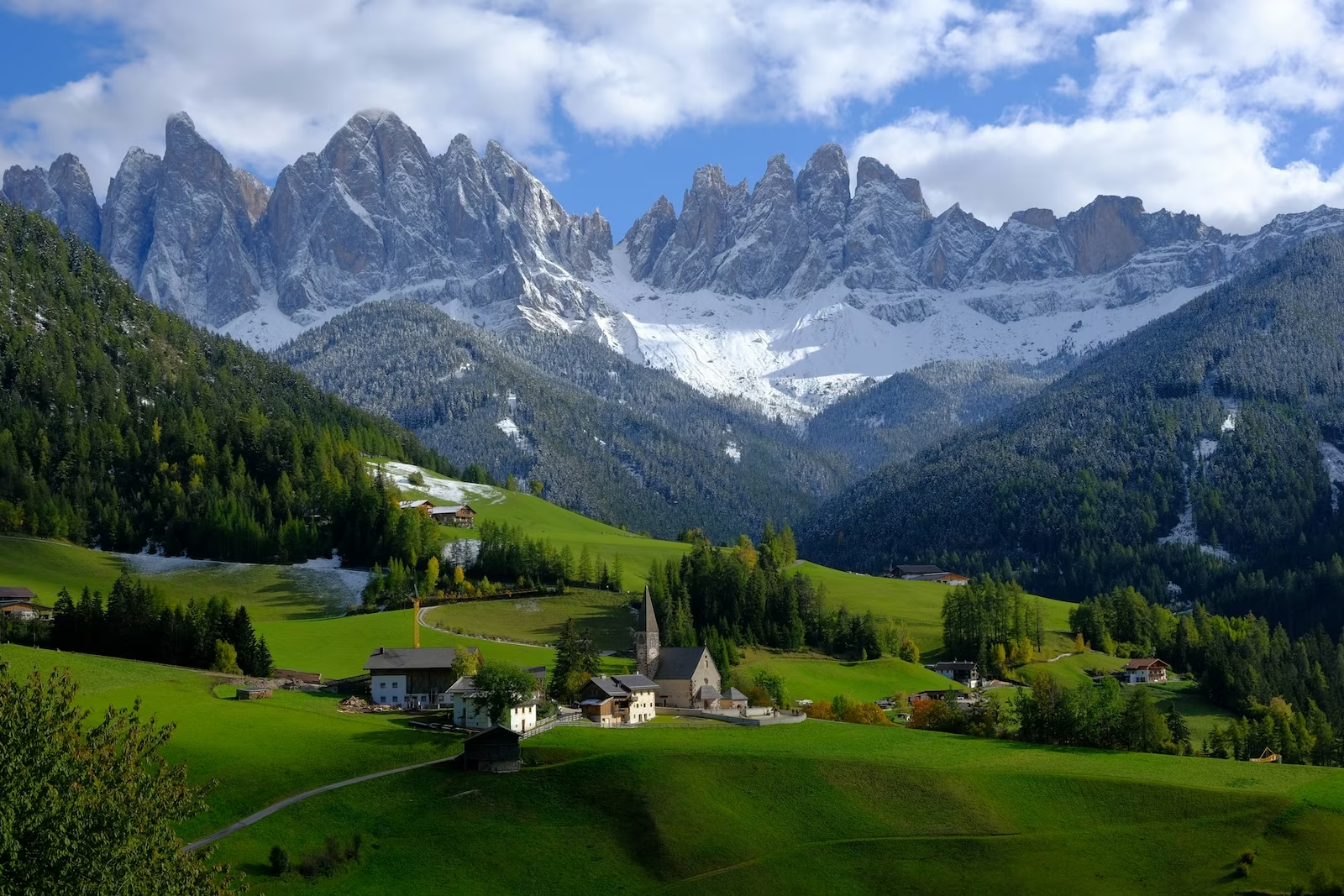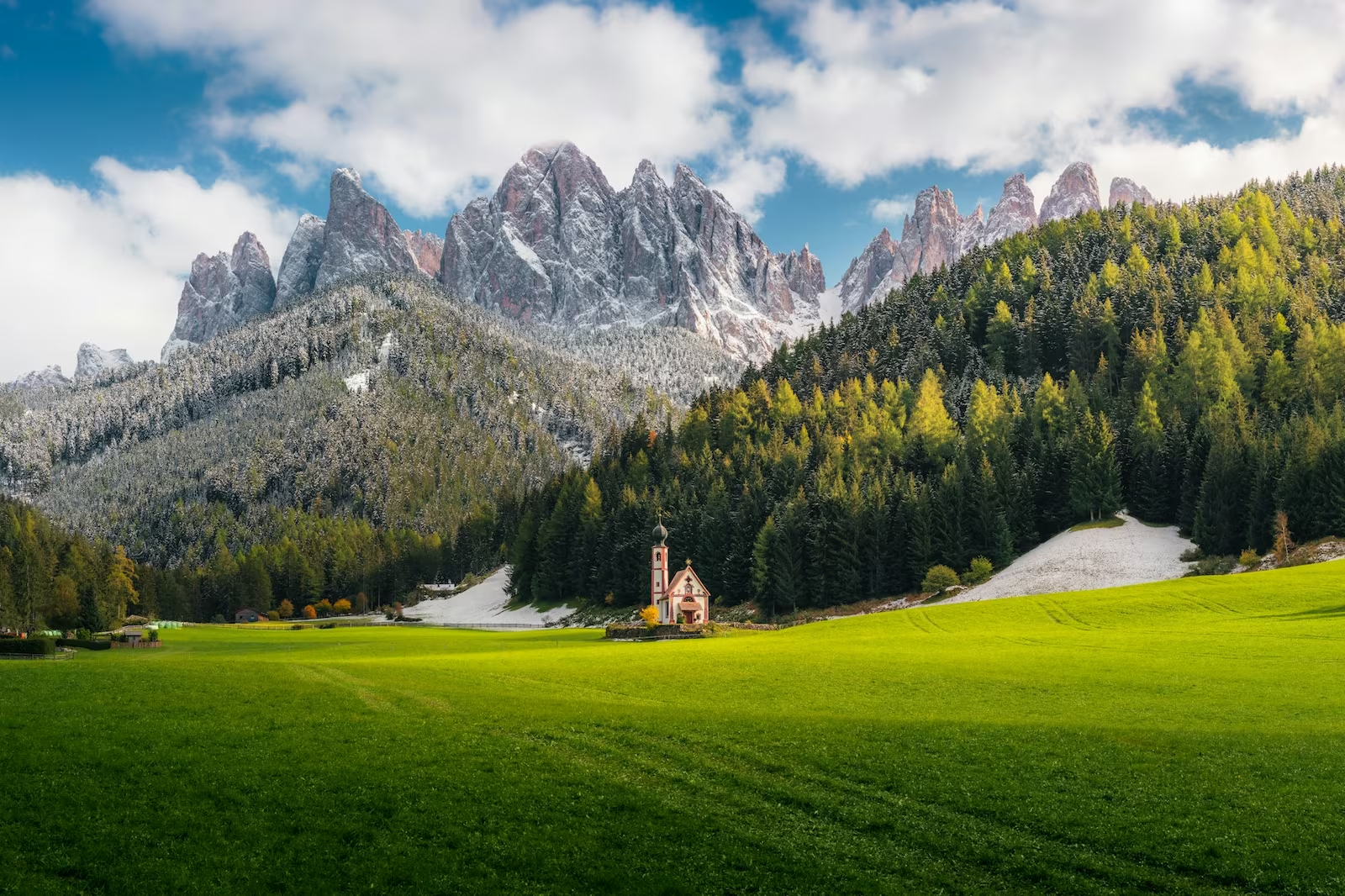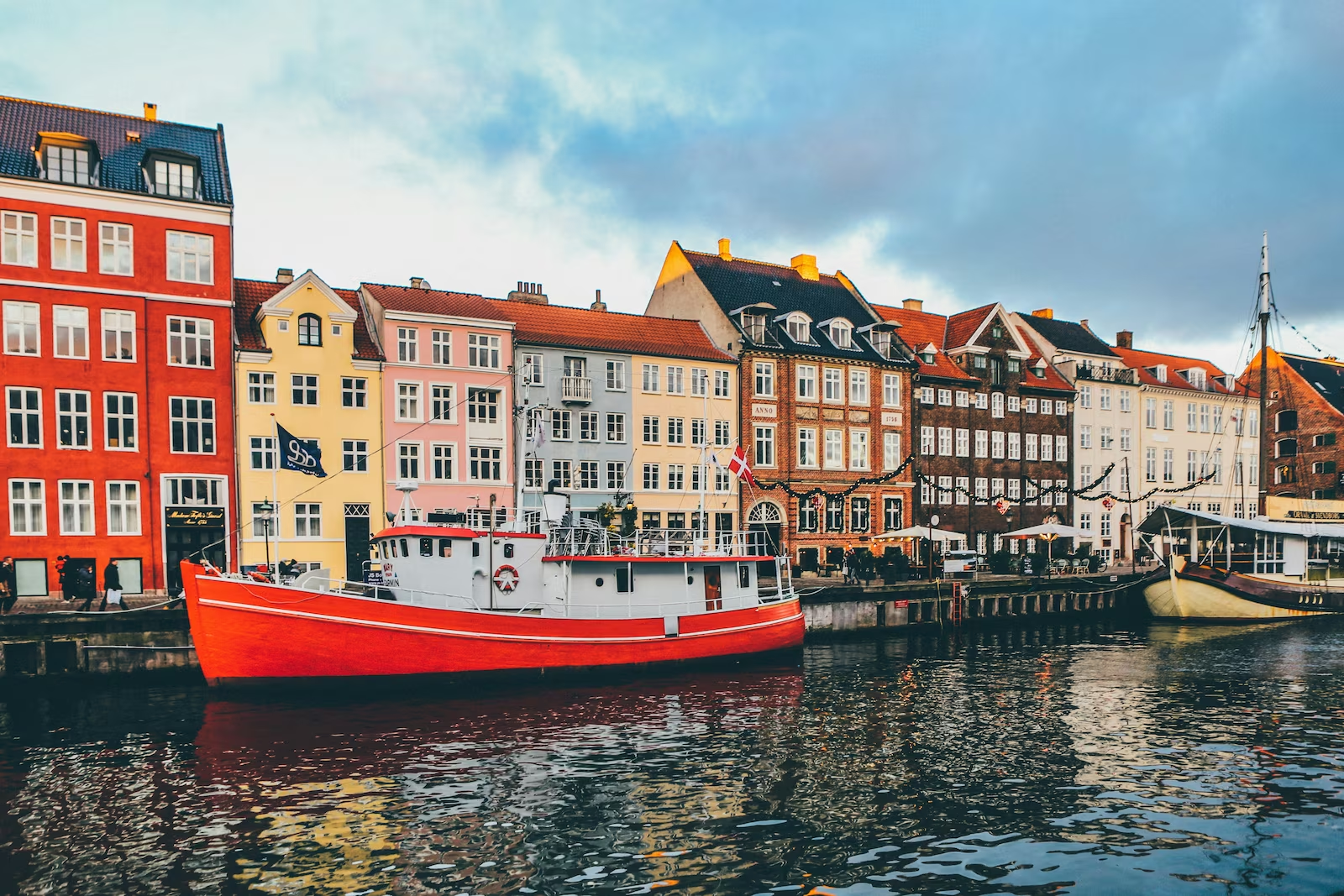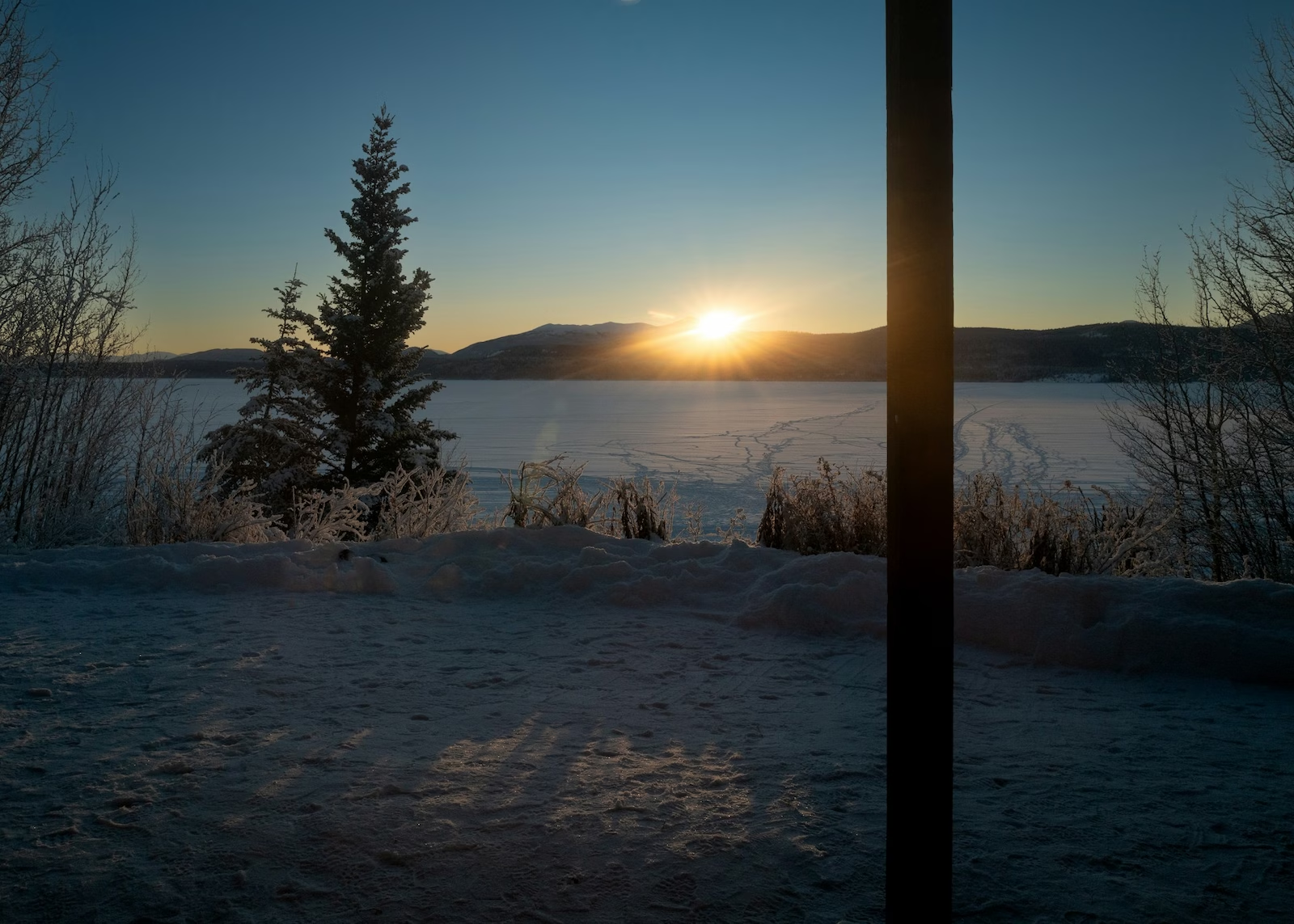The Dolomites are what happens when nature shows off. Towering limestone peaks, clear lakes, alpine meadows, and cozy villages: this corner of northern Italy looks like a painting come to life. It’s part of the Alps, but so distinct in its culture and scenery, with a mix of Italian, Austrian, and Ladin influences. If you’ve only got a few days, planning might feel overwhelming. But five days is actually a perfect window to experience the region’s highlights. This Dolomites itinerary for 5 days gives you a taste of the best hikes, drives, and views without rushing.

The best base for your Dolomites trip
You’ll find the Dolomites spread across several regions: South Tyrol, Trentino, and Veneto. However, don’t stress – distances are short.
Cortina d’Ampezzo, Ortisei, and Canazei are popular bases, each with easy access to top sights. For this itinerary, we’ll start in Bolzano (reachable by train or car from Verona or Venice) and loop through the mountains.
The best time to go? June to September for sunny days, open trails, and alpine flowers. If you prefer fewer crowds, late September is ideal — still warm, with golden larch trees lighting up the valleys.
Day 1: Bolzano and Alpe di Siusi
Start in Bolzano, the gateway to the Dolomites. Wander its tidy streets, stop for espresso in Piazza Walther, and check out the South Tyrol Museum of Archaeology — home to Ötzi the Iceman, a 5,000-year-old mummy found in the nearby Alps.
From there, drive or take a cable car up to Alpe di Siusi (Seiser Alm), the largest high-alpine meadow in Europe. It’s surrounded by the Sciliar and Sassolungo peaks, and feels like stepping into a postcard.
Spend the afternoon walking gentle trails, enjoying mountain huts, and watching the light change over the peaks. Stay overnight in Ortisei or Castelrotto.
Day 2: Seceda and Val Gardena
Your second day takes you to one of the Dolomites’ most iconic views — Seceda. The jagged ridgeline here is famous for a reason. Take the cable car from Ortisei early in the morning for crisp air and soft light, then hike along the ridge or down into the valley.
Val Gardena is perfect for exploring mountain culture, with family-run guesthouses and alpine food that blends Italian flavor with Tyrolean heartiness.
In the afternoon, stop at a rifugio (mountain hut) for polenta or speck and local wine.
If you’re visiting in summer, stay out until sunset — the Dolomites glow pink and orange during enrosadira, the natural phenomenon that makes every mountain look alive.

Day 3: The Great Dolomites Road
No Dolomites travel guide is complete without mentioning the Great Dolomites Road, a legendary drive connecting Bolzano to Cortina d’Ampezzo. The route passes through mountain passes like Passo Pordoi and Passo Falzarego, with epic views at every turn.
Make time for short hikes or photo stops — especially at the Sella Pass and the Marmolada Glacier, the highest peak in the Dolomites. The road is about 110 kilometers, but plan at least five to six hours with stops.
Arrive in Cortina d’Ampezzo by evening — a chic mountain town with Italian style and alpine soul.
Day 4: Tre Cime di Lavaredo
This might be the most famous hike in the Dolomites. The Tre Cime di Lavaredo (Three Peaks) rise like massive stone towers above the landscape and are surprisingly easy to access. Drive from Cortina to Rifugio Auronzo, where the loop trail begins.
The full circuit takes about three hours at a relaxed pace, with endless photo opportunities along the way. The views of the north faces of the peaks are especially striking, and rifugios along the path serve hearty mountain meals.
If you’re visiting in July or August, go early to beat crowds and afternoon storms.
Day 5: Lago di Braies or Lago di Carezza
End your 5-day Dolomites itinerary with one of its most famous lakes. Lago di Braies (Pragser Wildsee) is the one you’ve probably seen on Instagram — mirror-still water reflecting sharp peaks, with old wooden rowboats floating in the morning mist. It’s beautiful but busy, so early morning is key.
If you’re headed back west toward Bolzano, Lago di Carezza makes a great alternative. Smaller but equally stunning, it’s surrounded by forest and glows green in the sun. Locals call it the “Rainbow Lake.”
Finish your trip with a mountain lunch — maybe knödel (dumplings) or a slice of apple strudel — and take in the last of that alpine air before heading down to the plains.








.avif)

.avif)

.avif)




.avif)
